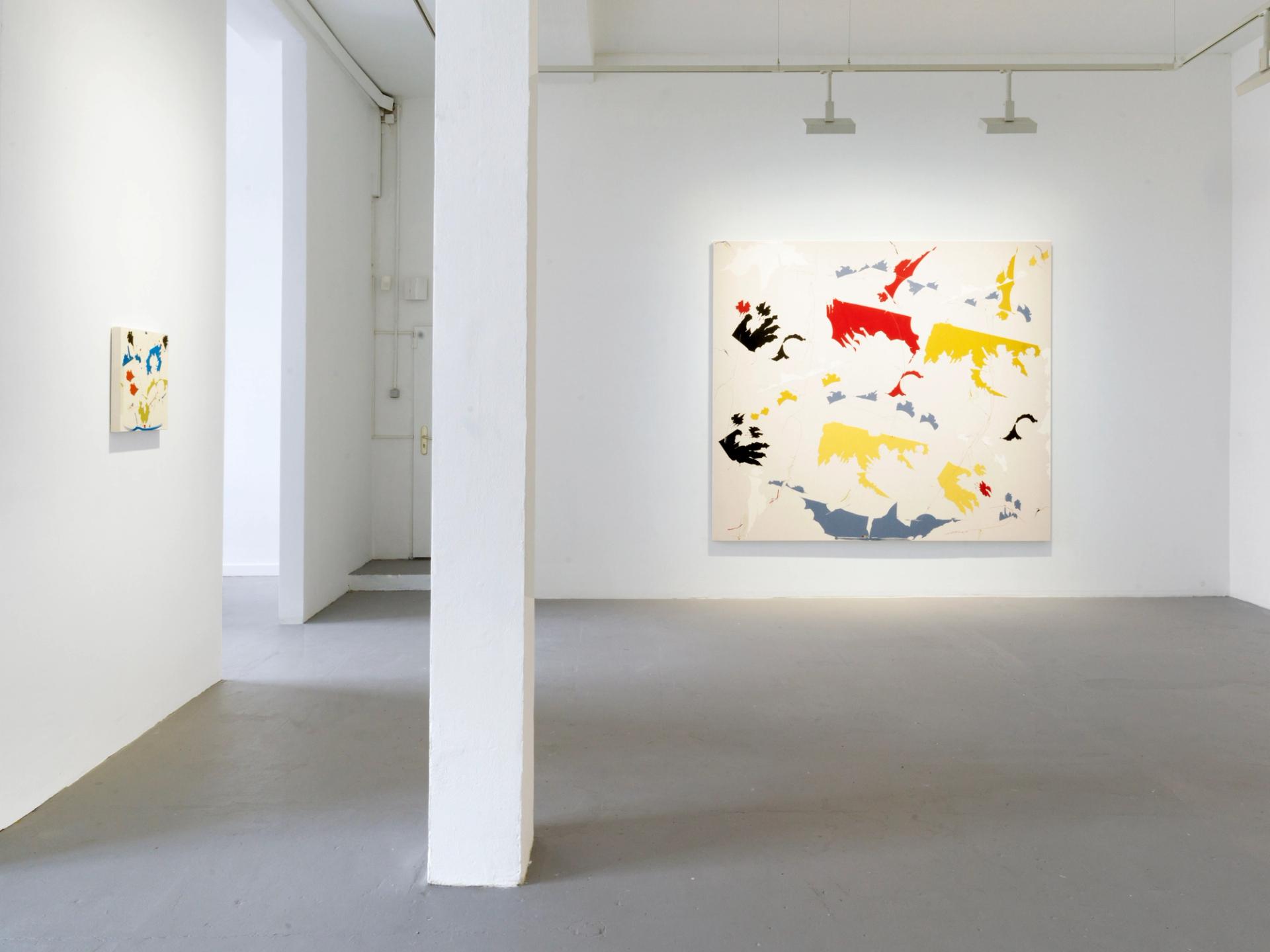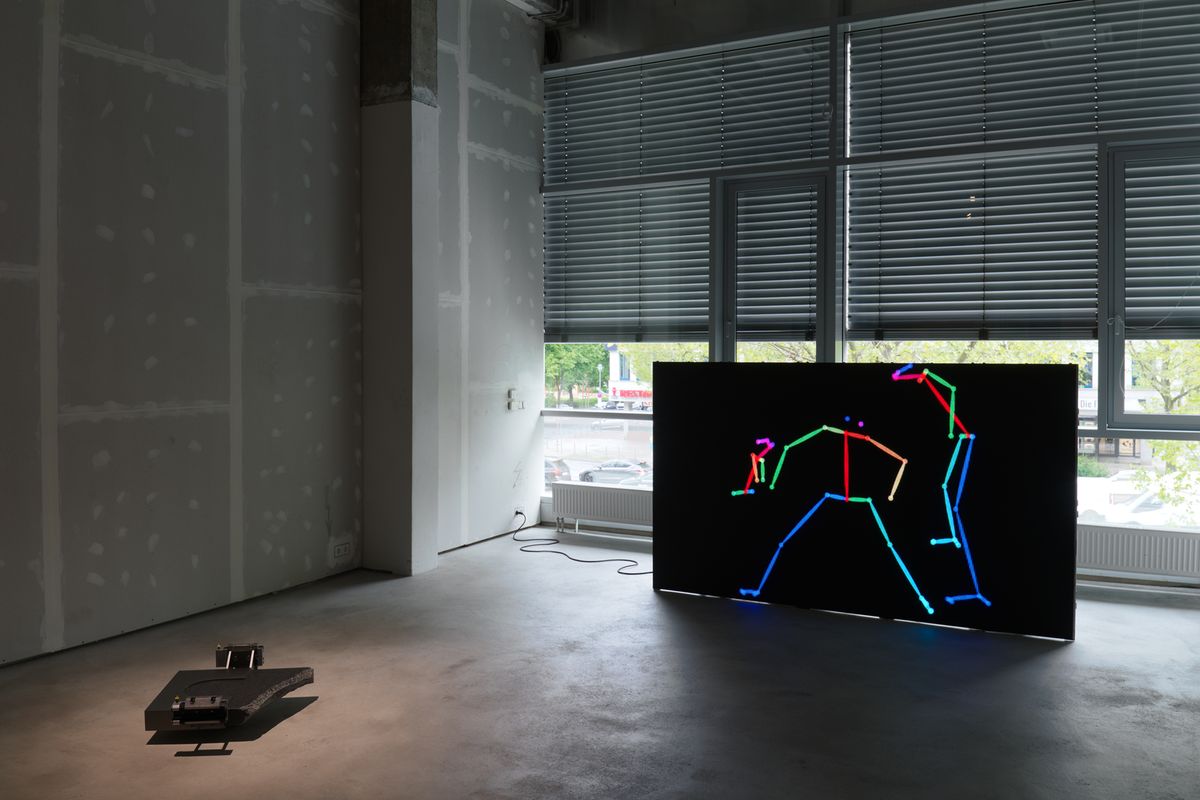Gallery Weekend Berlin (GWB), the city’s largest and longest-running commercial art event, opens its 20th edition today (until 28 April). And while Germany's swiftly gentrifying capital is no longer as cheap or free-wheeling as it was when the weekend was established in 2005, the anniversary event, which counts 55 participants, welcomes a host of new spaces and faces.
Prominent among them is GWB’s freshly appointed director, Antonia Ruder. This is her first edition since taking over in May 2023 from Maike Cruse, who left to lead Art Basel’s Swiss show. “As Berlin no longer has an art fair, its Gallery Weekend is even more important,” Ruder says. “Every year it proves that it is worth travelling to the city.”
Indeed, a number of international collectors are expected to come to town this weekend, making it a key market moment. In a move not officially affiliated with GWB, but certainly taking advantage of the buzz, mega gallery Pace will open a Berlin pop-up until 26 June, during which time it will stage the first European show of the Los Angeles-based painter Maysha Mohamedi. This is the latest and surest sign of Pace making a home in the city, after it established a private office there last year. The pop-up is located in the Schönenberg neighbourhood, within a gallery cluster also featuring Esther Schipper, Judin and Max Hetzler. In a show of community, Pace will stage its opening party during GWB in collaboration with those galleries.

The Los Angeles-based painter Maysha Mohamedi's first European show is at Pace’s Berlin pop-up
Photo: Roman März
“We couldn’t just come in as a huge gallery and open a big permanent space; that wouldn’t work in Berlin,” says Laura Attanasio, a senior director at Pace. She joined in June 2023 to head up its newly established Berlin office after working as a partner at König, during which time she liaised closely with the Pace artists Elmgreen & Dragset and Alicja Kwade. All of these artists left König’s roster in the wake of multiple accusations of sexual misconduct made against its founder, Johann König, in an article published by the newspaper Die Zeit in 2022. He denies all accusations. König gallery ceased participating in GWB prior to Die Zeit’s article.
So, is Pace considering opening a permanent Berlin space down the line? “It’s certainly a possibility,” Attanasio says. “We want to take things slowly and work on a project-based scale for now.” The mega gallery’s encroachment into the once market-averse Berlin comes as the city’s cultural landscape continues to shift due to rapidly rising rents. “Berlin's art scene has been through some rocky times lately,” Attanasio says. “Money came into the city and so many artists left, but not enough money has flowed into Berlin for it to reach a critical mass of big commercial galleries like we are seeing in Paris.”
That shifting balance is being felt over in the Kreuzberg district, where two neighbouring mid-sized galleries, Klemm’s and Soy Capitán, are leaving their current locations after being evicted. Their landlord is selling the building to private real estate developers.
Klemm’s, which has been in its Prinzessinnenstrasse space for a decade, will now shift to larger location in Leipzigerstrasse, south Mitte, next to another GWB participant, Sweetwater. Its inaugural exhibition in the new space is a solo show of sculptures by the German artist Jonas Rossmeisl.
“Finding great spaces for next to nothing in Berlin is not the norm anymore,” says Sebastian Klemm. For this reason, he is particular excited at moving into the gallery's new site, a “voluminous” first-floor space in a GDR-era high rise with a mixed demographic of inhabitants. Reflecting on GWB and its enduring success, Klemm’s business partner, Silvia Bonsiepe, says “State initiatives don’t work in Berlin; it is always private actors that get things done here.”
Meanwhile, Soy Capitán gallery, which was established in 2011, shifts to another location in Kreuzberg, in Lindenstrasse, near another GWB participant, KOW. It is showing early paintings and drawings by the Berlin artist Reinhard Voigt—made between 1969 and 2001. The gallery’s founder, Heike Tosun, says that although she is very attached to the old location, Soy Capitán’s “more prominent new space will hopefully increase the visibility of the gallery and reach a larger audience”.
Molitor gallery, which was established in 2022, is taking part in GWB for the first time this year, showing large abstract paintings by the Berlin-based artist Lisa Jo. And for many out-of-towners, this GWB will be the first opportunity to see Ebensperger gallery's new Kreuzberg space, launched in October 2023, which is located in a former 19th-century gasometer, later used as an air raid shelter during the Second World War. For this weekend only it is staging shows of Gundula Schulze and Franz West sculptures from the Diethardt Collection in Graz, Austria.
It is not just new names mixing things up at GWB—Berlin stalwarts, such as Sprüth Magers, are, too. The gallery is hosting a group show of five East Asian women artists, none of whom are represented by the gallery. They include the rising star Mire Lee, from South Korea, who will be the latest artist to take over Tate Modern’s Turbine Hall this autumn as part of the museum’s Hyundai Commission.
Esther Schipper, meanwhile, presents a show of works by the newly signed artist Julius von Bismarck, themed around wolves and mythology, and inspired by a bronze sculpture of a she-wolf in the Capitoline Museums in Rome. Von Bismarck is also represented by another Berlin gallery, Alexander Levy, which is staging a concurrent and more extensive show of his in its Moabit location.


